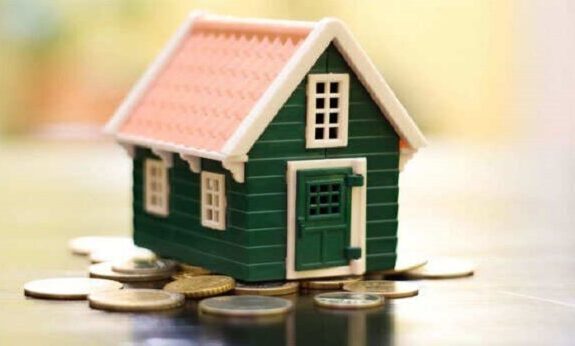In Andhra Pradesh, a housing scheme would use energy-efficient construction technologies.
The revolutionary ‘Indo-Swiss energy-efficient construction technology’ will be used in Andhra Pradesh’s Pedalandariki Illu housing scheme (housing for all the poor).
The proposal calls for the construction of 30 lakh affordable houses in the state. According to state officials, the Indo-Swiss EE technology will decrease the temperature inside houses by about two degrees and save about 20% on electricity.
The Bureau of Energy Efficiency (BEE) will provide training to engineers, ward and village secretariat staff, and the housing department as part of the ‘Building Energy Efficiency Project.’ This will aid in the successful adoption of the Energy Conservation Building Code-Residential (ECBC-R) in this affordable housing scheme.
Initially, 50 engineers will be trained as master trainers who will be able to teach other engineers on their own.
Ajay Jain, Special Chief Secretary for Housing, attended a recent webinar hosted by the Indo Swiss Building Energy Efficiency Project (BEEP) in India. Jain defined the government’s overarching plan for carrying out this ambitious mission.
“Using roof insulation or reflective paint on the roof may minimize the rate of heat transfer to the roof. The use of autoclaved aerated concrete blocks, cavity walls, hollow bricks, and other similar materials will minimize the net heat gain over the building envelope. “Using proper window shading, such as blinds or rolls stored outside the windows, would also reduce net heat gain,” Jain said.
“The first phase of development will include about 15 lakh housing units. The government has agreed to integrate energy-efficient and thermally comfortable house designs. This housing project will use energy-efficient construction techniques to conform with the BEEP’s Eco-Niwas Samhita 2018 (ECBC-Residential) code. The ECBE-R would provide sufficient natural ventilation, minimize energy usage by at least 20%, increase thermal comfort (cooling), daylighting, and provide a secure and healthier atmosphere in buildings,” Jain explained.



















































































